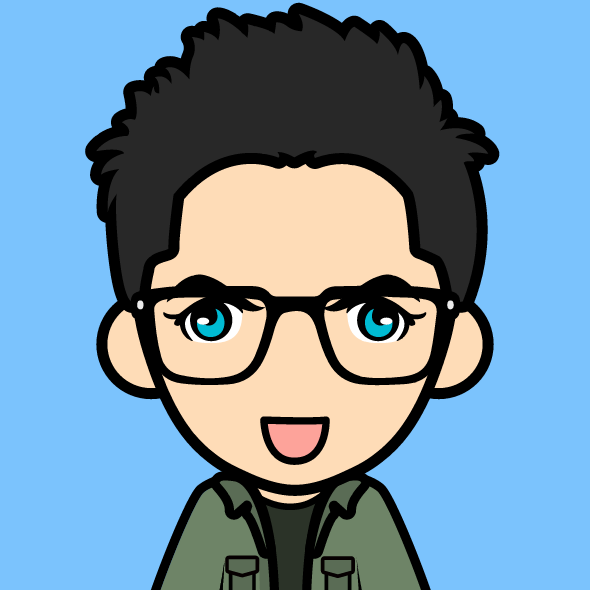 课程大纲:
课程大纲: System Engineering using SysML and UML 2培训
Introduction
The System Development Life Cycle with the Harmony Process (IBM/Telelogic)
Overview of the UML/SysML diagrams used in requirements gathering, system analysis and design of the System Engineering domain
A Method based Framework for requirement gathering, system analysis and design
Gathering Requirements and Transforming them into System Specifications
Making business and system requirements traceable using the SysML requirement diagram
Define the scope of the system composed of functions and use cases that invoke these functions
Model the Life Cycle of the System that orchestrates transitions between its states where functions are triggered
Prepare test cases using scenarios that realize Use Cases and System Functions
Case Study : Model the System Scope and the usage of the system functions on the basis of requirements
Transforming System Specifications into Design Level Components
Model the Block Diagram of the system and refine it using internal blocks
Elaborate the Communication Architecture between Sub-System using Parts, Ports and Interfaces
Case Study : Elaborate the block and Internal Block diagrams on the basis of system specifications and by considering design level choices
Model the description of white box Interactions at the design level
Case Study : Model interactions between blocks and Internal Blocks on the basis of design level choices
Mapping of Operations on the Components (Parts) of Blocks
Elaborate the Parametric Diagram of the System Functions
Case Study : Update the Block and Internal Block Diagrams on the basis of design level scenarios
Conclusion
Steps of requirement analysis and system specifications in system engineering
Traceability between requirements and the software
System Integration and Acceptance Tests of the requirements
Notice: The above training-mentoring sessions are conducted interactively using Requirement Engineering and Modeling tools like Enterprise Architect (EA) in order to ensure good level of traceability between requirements and underlying solutions. Concepts are explained first using basic examples and are then followed by solution drafts to your own problems. After this session, we can accompany you by reviewing and validating your solutions depending on your needs.





